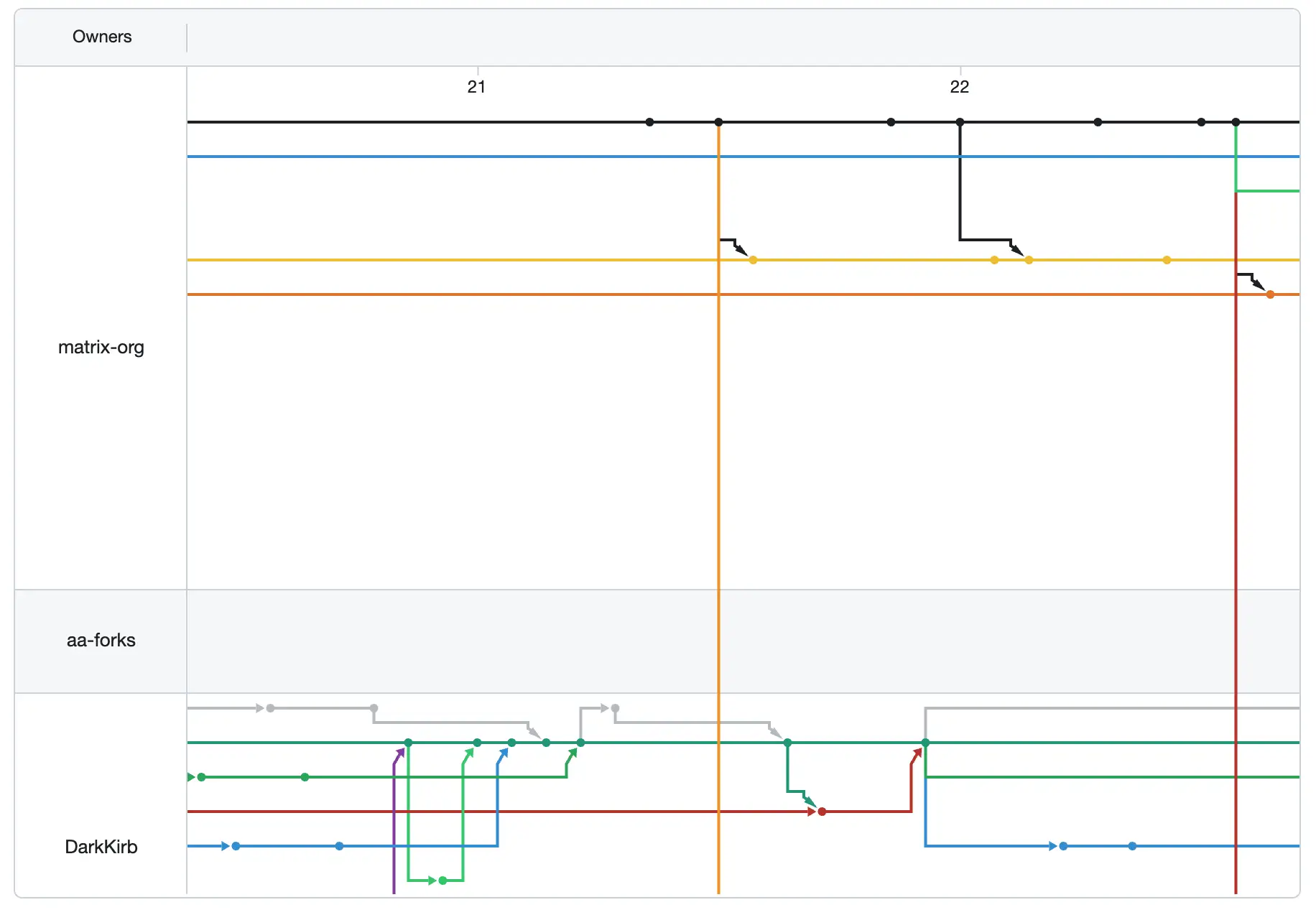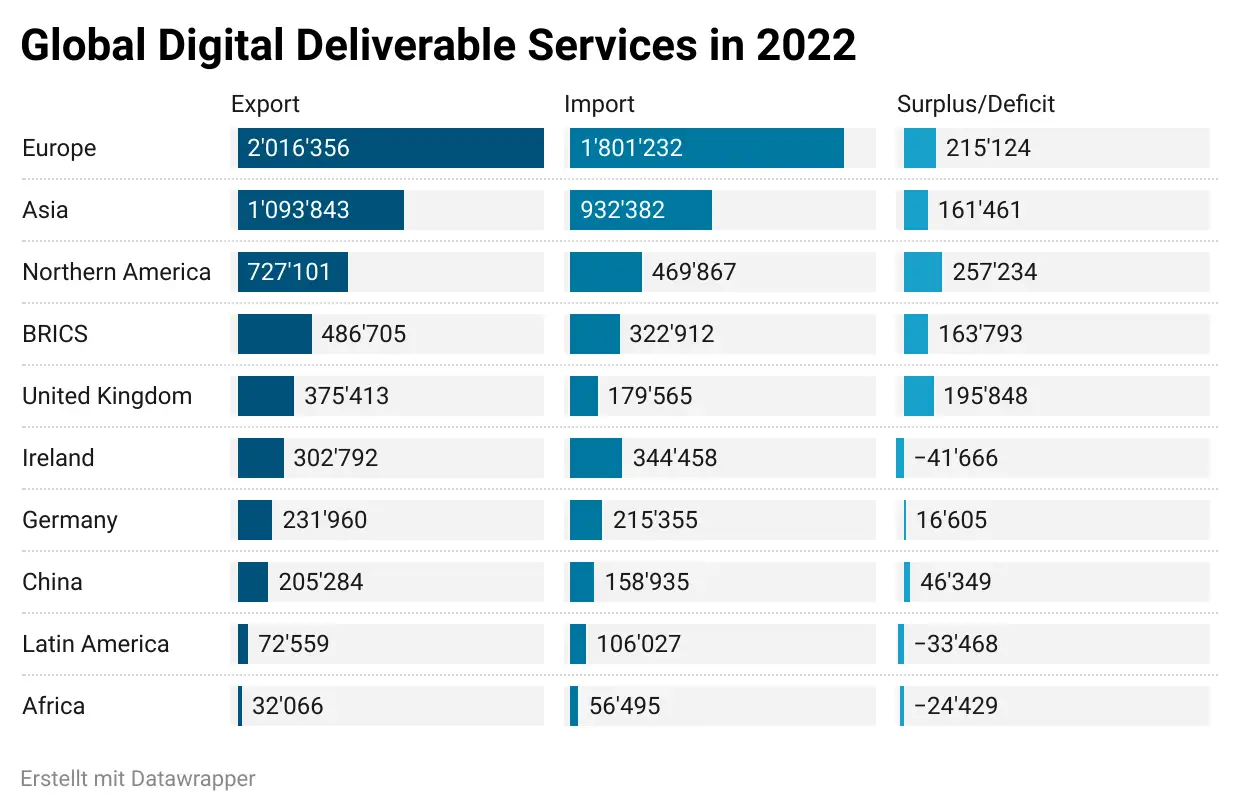The Rise of Open Source: Challenges and Opportunities in the Eventual Fall of Proprietary Software

The past decades in the software world have been dominated by the clash between open source and proprietary software. There are ongoing debates about the pros and cons of the two variants of creating, maintaining, and selling software. More fundamentally, the debate revolves around the concept of software as a digital commons —a resource that can be freely accessed, used, and shared by anyone. This picture becomes clear when you visit GitHub or GitLab and browse through the different software repositories that are completely open in their code base, as well as in their discussions and development history.
In my view, the pro and con debate for open source vs. proprietary software is somewhat of a distraction. First, open source was demonized, then it became successful in certain areas, and now it is discussed in terms of pros and cons until it becomes the standard modus operandi. In reality, the software development industry is already changing its business models, attempting to extend the vendor lock-in logic from proprietary software businesses. Now it is called „software as a service“, and ironically, these services themselves rely largely on open source software. They are basically already working on business models using open source software without contributing much back to the open source community. This is a new form of vendor lock-in, where the software used is mostly open source, but the services are not.
The Whole World is using Open Source Software and Contributing Little Back
Major technology companies have anticipated this trend and are strategically releasing machine learning libraries, such as Google's TensorFlow and Meta's PyTorch, as open-source software. While this may seem like a generous gesture, it is primarily intended to incentivize users to utilize their cloud technology offerings (e.g. Google) when working with these libraries. However, big tech companies rely heavily on open source software, which has already led to licensing issues, and only a tiny fraction of their software is released as open source.
The Potential and Limitations of AI Chatbots as Learning Assistants in Education

Can AI chatbots be helpful for education? The idea is intriguing, considering that most children worldwide have direct or indirect access to a smartphone. Imagine opening WhatsApp to find your personal tutor that can answer "all" your questions. This vision drives many pilot projects and digital learning platforms like Duolingo, the Khan Academy, and Squirrel, which I wrote about some time ago. Can the human-like conversation we are now getting used to from ChatGPT lead to such a personal tutor in your pocket?
The intricacy of learning is frequently underestimated when new AI initiatives are lauded.
Breaking Down the Potential and Challenges of AI Chatbots in Education
To understand the potential and challenges, one must break down the topic into different pieces. What subjects could they train on? A chatbot for highly standardized subjects like math or natural science differs from one teaching the interpretation of a novel. Although grammar rules of a language can be taught through quizzes and tests, online learning already contributes significantly to education. However, learning to deal with complex situations and scenarios, critical in many life and business situations, is very difficult to teach when communicating with a machine. No technology can replicate the engaging, interactive atmosphere created by a live instructor and learning in a group of students. Therefore AI chatbots can only be used for a limited set of subjects and tasks.
From Tangible to Intangible: The Evolution of Global E-commerce in the Digital Age

Ecommerce: The Difference between Physical and Digital Goods
As the digital economy continues to grow, so do non-tangible products. Often, when discussing ecommerce online, the focus is solely on selling physical goods. However, it is important to distinguish between the two domains of selling physical products and digital products or services because they have entirely different business models. Physical products require inventory and storage, as well as relying on certain logistics. Platforms like Shopify have built a whole ecosystem to support small business owners in selling their products, while Etsy offers a platform for selling artisanal products from the comfort of one's own home. Physical products also face geographical challenges when sold internationally; the recent example of Brexit causing complicated customs regulations has significantly impacted many small online retailers' businesses. I have written more about this issue here.
Selling digital products and services has become much easier online. In the past, during the early 2000s, not many people would have been willing to pay for online courses, excel templates, or ebooks because payment systems were not available and these types of digital products were not widely offered. However, over the last decade, there has been a significant shift in this trend as online courses and templates for various services (such as Notion) have emerged as potential sources of revenue.